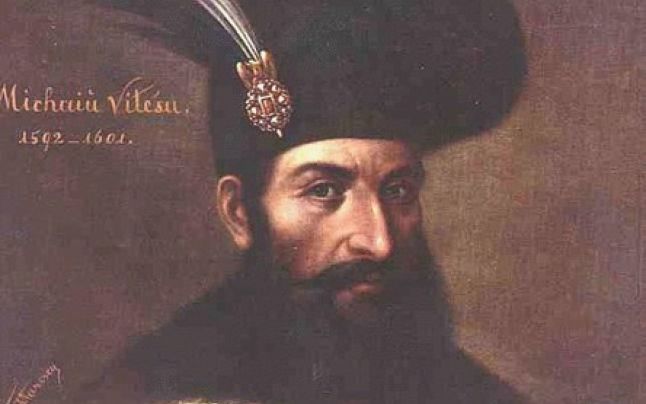
The Connections of Mihai Viteazul with Tîrgu-Mureș
The connections that the ruler of Muntenia, the first one to unify the Romanian territories, had with Tîrgu-Mureș were important, even though his presence here is surrounded by an aura of legend. In 1595 Mihai Viteazu achieved two major victories against the Ottoman Empire at Calugareni and Giurgiu. These victories led to a peace that was favorable to Å¢ara Românească (the Romanian Country) and would provide a certain degree of stability in the area. This would in turn allow the ruler to put into practice his grand plan to conquer Transylvania and Moldavia and to unify all the territories inhabited by Romanians. In 1599 Mihai Viteazul declared war to Transylvanian prince Andrei Báthory by the battle of Selimbar. He was supported in this battle by the Seklar serfs in the Mureș area. For many years they had been subject to harsh retaliations for claiming their right to freedom as promised by the prince of Transylvania. This led to social torments and rises against the oppressing local noblemen. The latter received support from central authorities. The rebels and their leaders were executed in the town”™s public square. Under these circumstances, the ruler of the Romanian Country, set to conquer Transylvania, considered it appropriate to support the population living around Tîrgu-Mureș that was already opposing the Transylvanian prince, thus gaining an ally. Among the closest allies of Mihai Viteazul were Hungarian captains Gáspár Kornis and Moses the Seklar, whose families had fled to Tîrgu-Mureș and were under the direct protection of the sovereign. After the victory of selimbăr and Mihai Viteazul”™s triumphant entrance in Alba Iulia on November 1, 1599, Tîrgu-Mureș was one of the first cities to accept the rule of Mihai Viteazul. As a result, he took the Seklar serfs under his protection and freed them. An information regarding the building of an Orthodox chapel by Mihai Viteazul within the former Franciscan church in the fortress started circulating at the beginning of the 19th century. In 1809 reformed priest Nemes Gábor, in a description of the church in the fortress, mentions a small chapel painted in Byzantine style, assuming it had been built by the Romanian ruler to use as place of worship during his visits in Tîrgu-Mureș. Even though it is not confirmed by other historical sources, this fact was maintained by local tradition. It is proof of how famous the Romanian ruler was among the inhabitants of Tîrgu-Mureș. Bibliography: Ioan Eugen Man, Tîrgu-Mureș, istorie urbană de la începuturi până în 1850, Tîrgu-Mureș, Ed. Nico, 2006, pp. 106-107.

